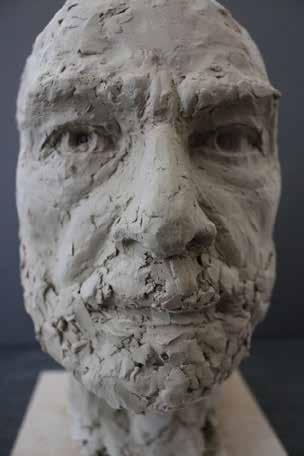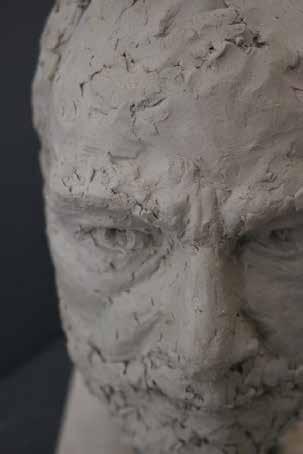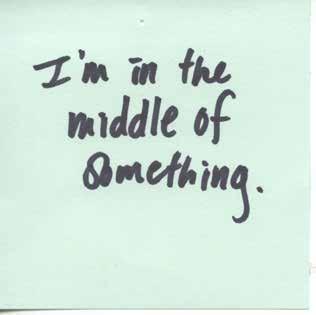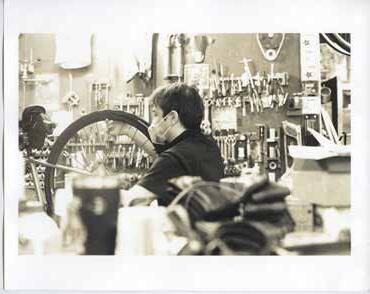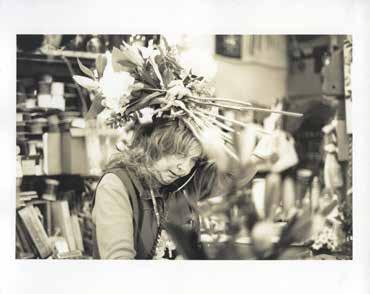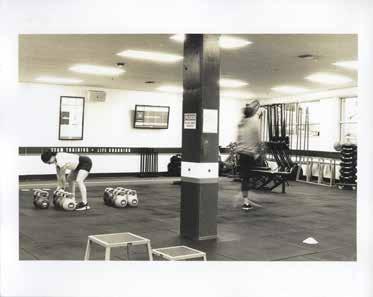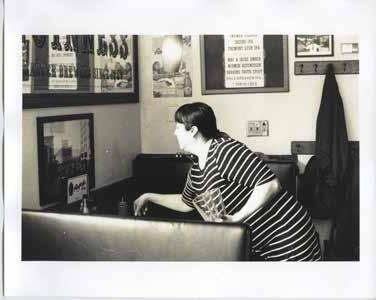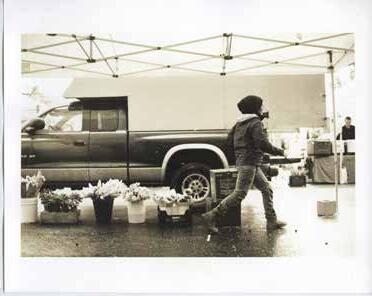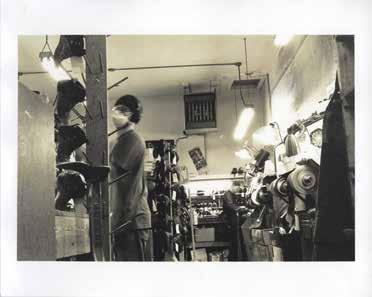portfolio
shinwoo ahn


shinwoo ahn







Kalaloch is a region located on the coast of the Olympic Peninsula which borders the Pacific Ocean. The region is familiar to the Quinault Nation and has served as safe landing zones for dugout canoes.
A tsunami has repeatedly consumed the Olympic Peninsula with the cadence of 200 to 500 years. The coast is due soon with another wave. A high magnitude earthquake will alarm any campers and residents of the disaster soon to come. The altitude of the tsunami will be 65 feet above sea level and 35 feet above the campground. It will take approximately 15 minutes for the wave to reach the shore after the earthquake. Thankfully, a 10 minute walk up the hill will provide safe grounds.

The site also hugs the Olympic National Park which cultures many species of trees: Mountain Hemlock, Western Hemlock, Sitka Spruce, Douglas Fir, Yellow Cedar, and Western Red Cedar. Along the shore, there exists what the locals call the Tree of Life, a Sitka Spruce tree that has withstood the high winds and the high tides of the ocean. Adapting to the climate, the tree has warped and twisted, but remains strong even with its roots stripped of soil.


The west most tower, closest to the campground, serves as a beacon to the evacuation route. Along the way up towards the east, there are the same towers as before, yet to be finished. At the safe-from-tsunami height there is a 4416 sqft lofted woodshop that invites people in to take shelter.
The woodshop transforms trees, driftwood, and other usable timber materials into canoes, furniture, sculptures, and structural parts for building the yet-to-be-finished-beacons that led people to the woodshop. The visitors is given the freedom to fill in the “blanks” of the unfinished beacons with the use of the wood working studio.



After the disaster passes and the water has faded, the refugees hug and celebrate. Following their rejoice, they wander through what the tsunami has left. People who stood 34 ft above on the head of the sanctuary find evidence below of a space that created the structures for the towers. The survivors slug and observe tower to tower, and see the strength of structures, as they have endured and fought. Then, as people walk down the beach, there is the Tree of Life, still surviving. So, they thank. They thank the creators that strengthened the timber for the towers. They thank the people in the past that have built the pillars. They thank the trees that have protected and battled.
The Native Community Hub is an apartment that borrows cultural influences from diverse native nations of the greater Seattle area and Washington state. The building consists of three wings including residential spaces, a restaurant, a daycare center, and an event hall. The architecture hopes to celebrate the wonderful tradtion of the natives, and at the same time emulsifying the surrounding local customs into the newly built one.
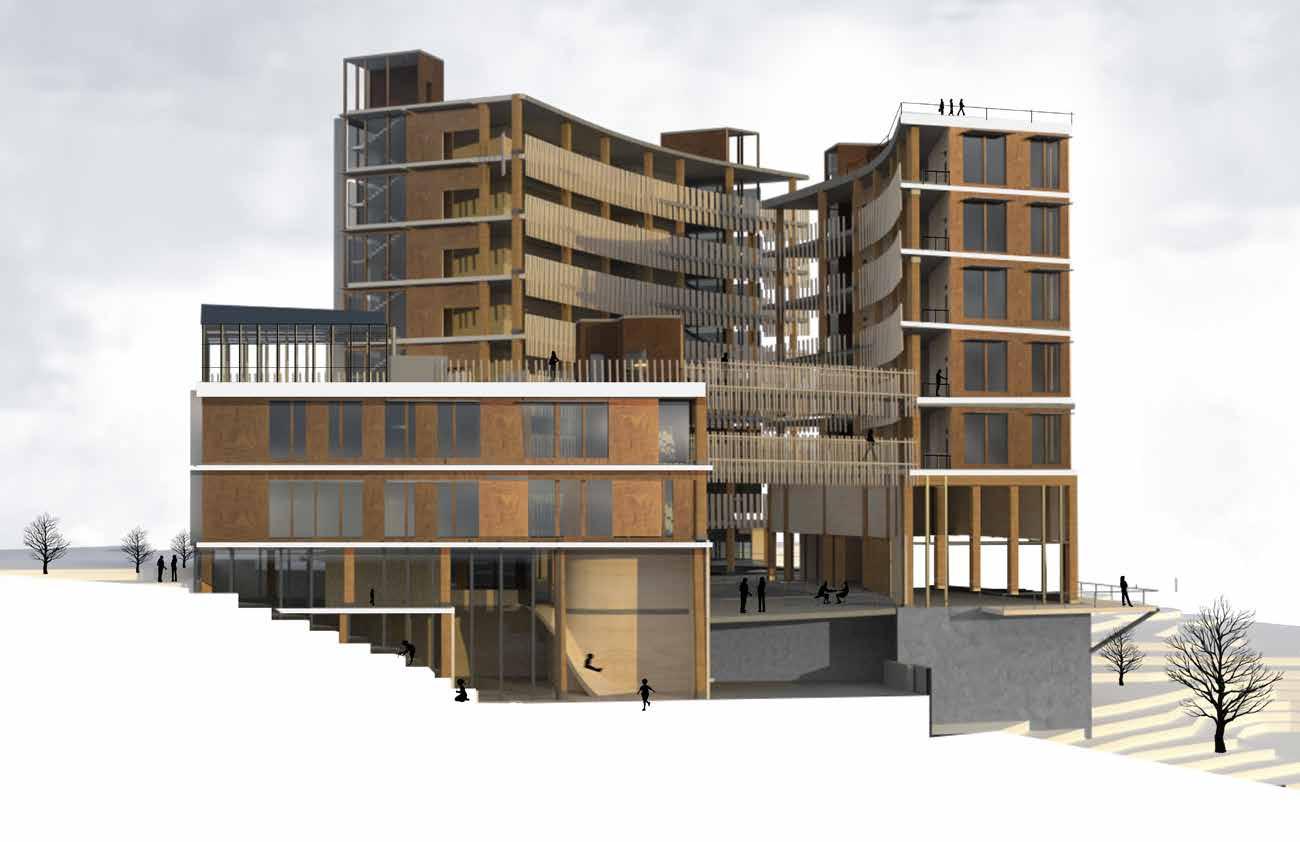

The building is located in the heart of Seattle, close to the International District where many Eastern Asian cuisines are celebrated. The Native Community Hub stands as an icon for the city, hugged by the two main free ways of Seattle, I-405 and I-5.
Synergizing with the abudnace of amazing restaurants of the International District, the ground floor invites people through the northwest corner where a Native American restaurant is located. From the restaurant, there are visible hints of the native tradition, manifesting in the form of the Elder’s Hall, located on the East wing. Elder’s Hall, which can also flood out to the courtyard, holds events for the local community.

A principle that is emphasized in the Native community is to build and live with seven generations in mind, empathizing with their past and the future. On the ground floor, the courtyard gives opportunities for the three different programs - the restaurant, the Elder’s Hall, and the daycare center - to mingle. On the floors above, the apartment layout also encourages melding. Diverse sizes of living spaces are bonded with the communal kitchens in the west and east wings.
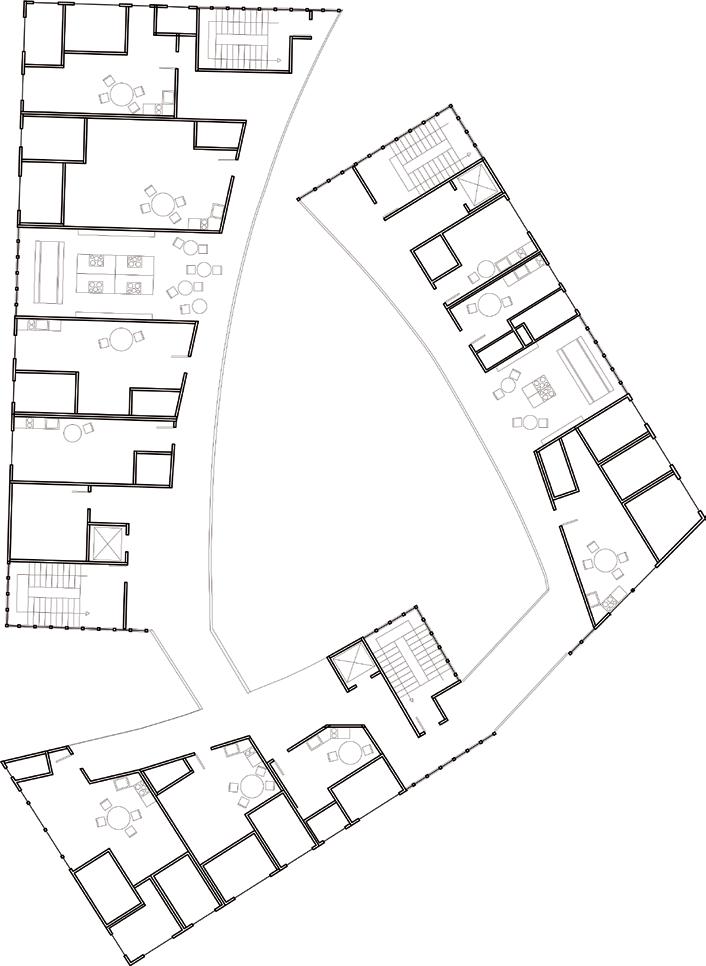
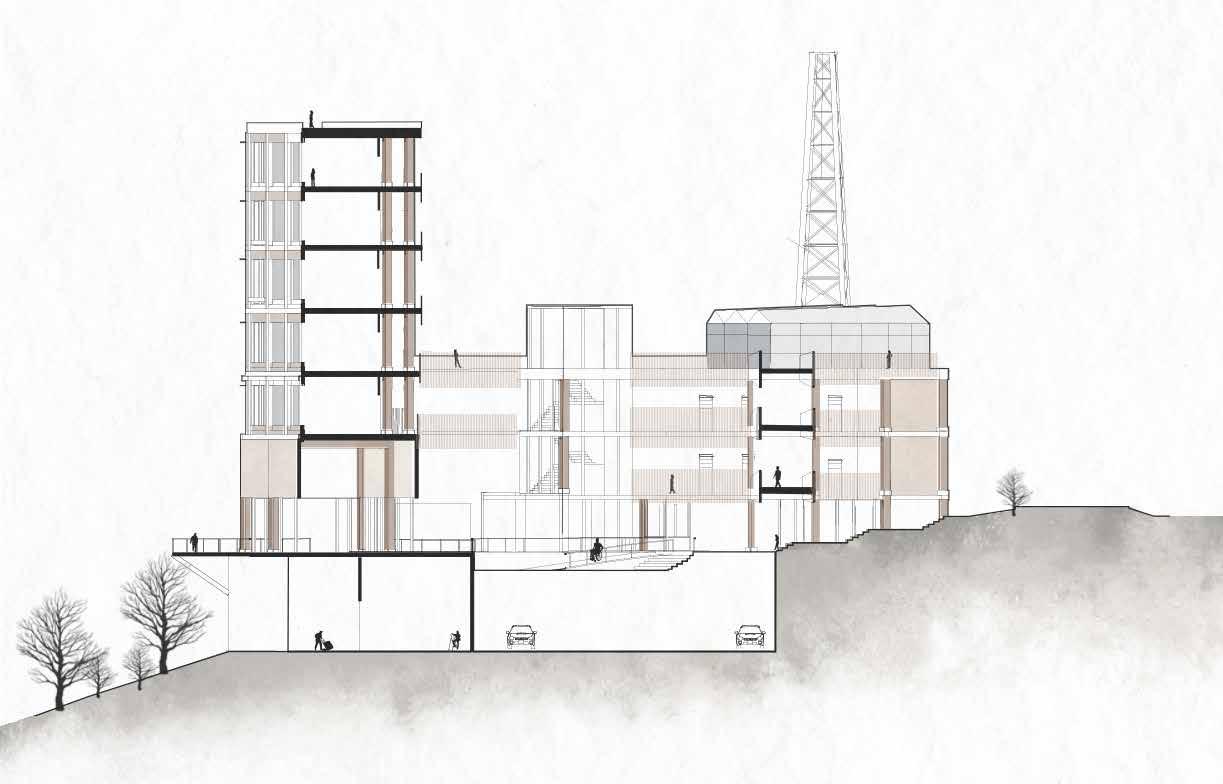
The building extends up to seven floors, each of the wing’s rooftop serving a different purpose: a greenhouse garden, solar panel roof, and a rooftop lounge. From these rooftops and the Elder’s Hall, people are greeted with the view of the Rainier mountain, another icon for the city of Seattle.


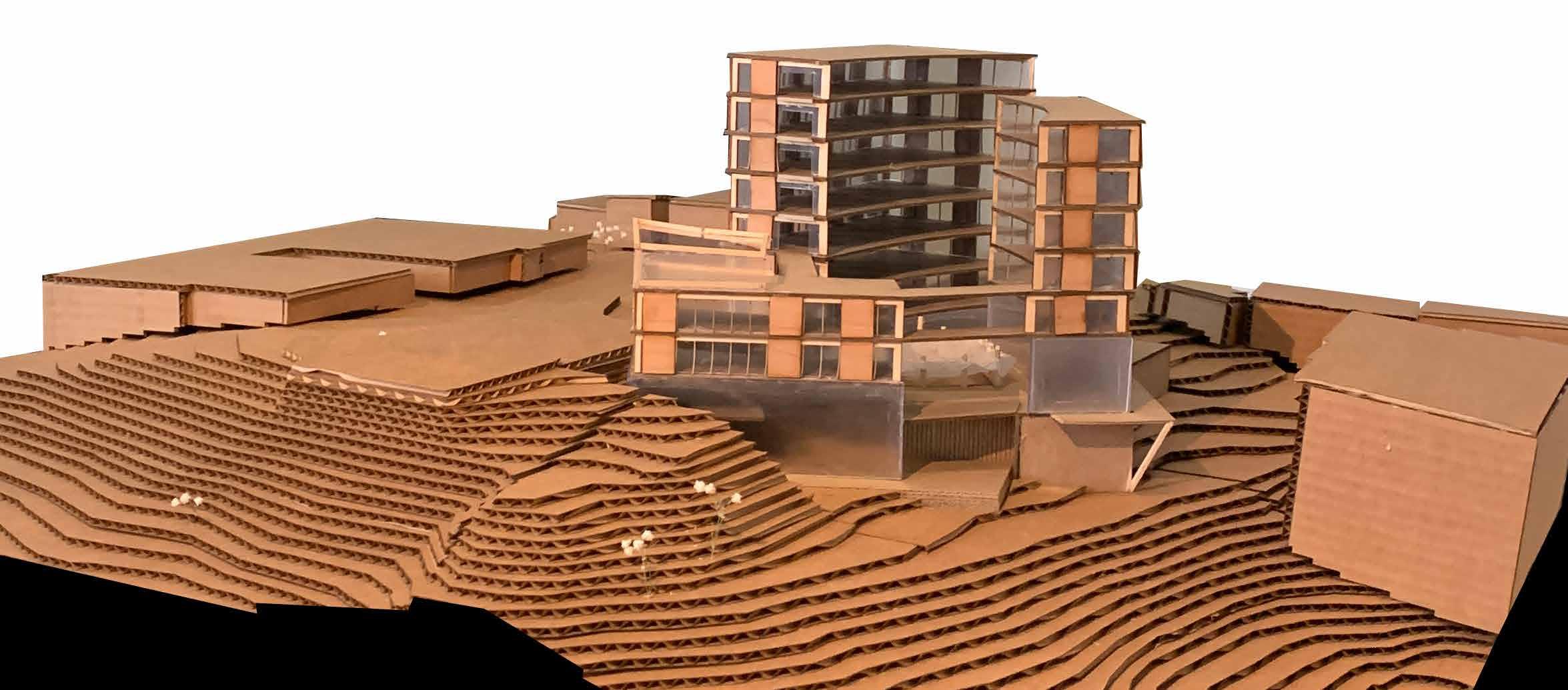
The Rainier mountain, Elder’s Hall, the daycare, the residents, the local community, the native community, the past, present, and future all weave at this hub. Whether it is through food, story telling, or just passing by each other. We no longer live in a seven-generation model world, but hopefully the Native Community Hub can be a space to practice the seven-generation living.
Once a seed is planted, the seed grows. The flower will mature and nature will help disperse more seeds, the process being seemingly autonomous.

Seattle


The Seed Vault is located in the valleys of Eastern Washington, where the local weather is arid during the summer and frigid during the winter. Despite the temperature, the vault will host markets and exchange banks to showcase the importance of seeds as well as preserving them for the future.
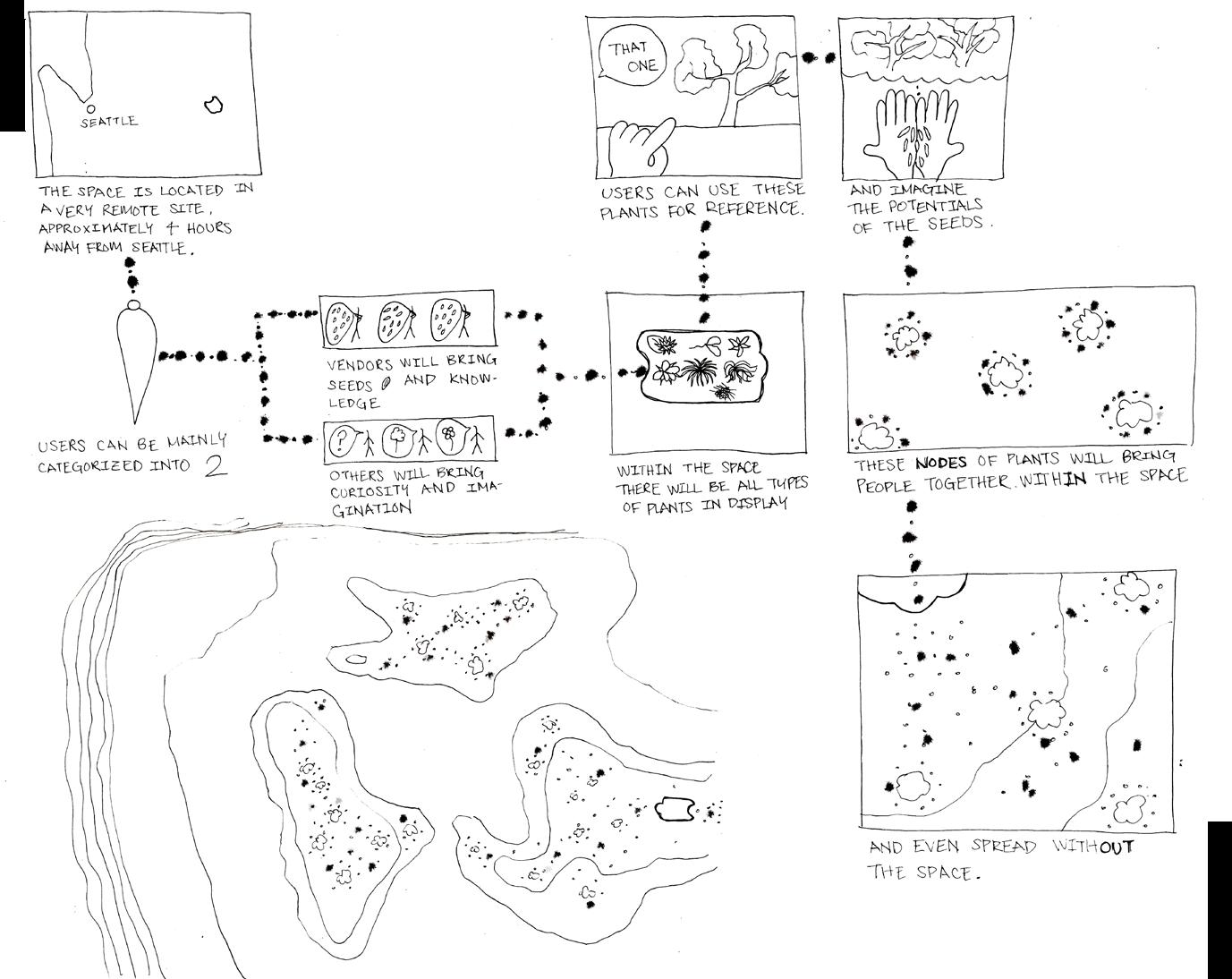
The site is located in a very remote location, approximately 4 hours away from Seattle.
Visitors can be mainly categorized into two.
Vendors will bring seeds.
There will also be fully grown plants of the seedlings, that buyers can use as reference.
Buyers will bring curiosity.
There will be many types of plants available on site.
The vendors will be centered around the nodes of plants within the structure, and even flood outside of it.
The first prototype - or the architectural seed - is in form of a transparent glass structure with a ground level and an elevated second level.


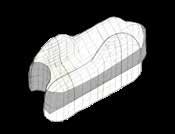
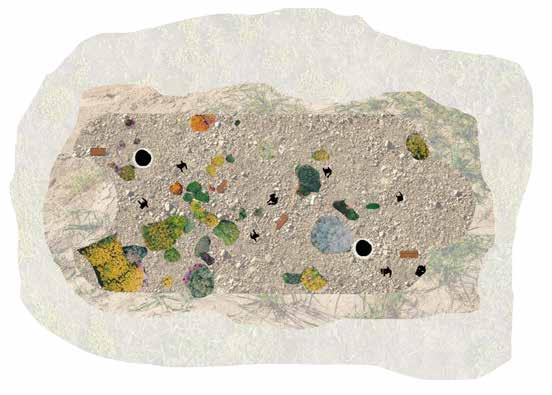
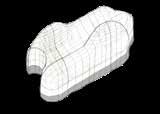
There is a total of four nodes that markets can center around. At these nodes, there are matured seeds or plants that show what the buyers of the seeds can expect.

Flowers and greeneries, along with the vendors, buyers, and visitors, will fill the first glass house. On the site, there is an abundace of space that where greenery, ideas, and structures can pollinate, germinate, and fertilize. Vaults will be essential to saving seeds in case of a disaster , but an interactive world will also help them grow.

